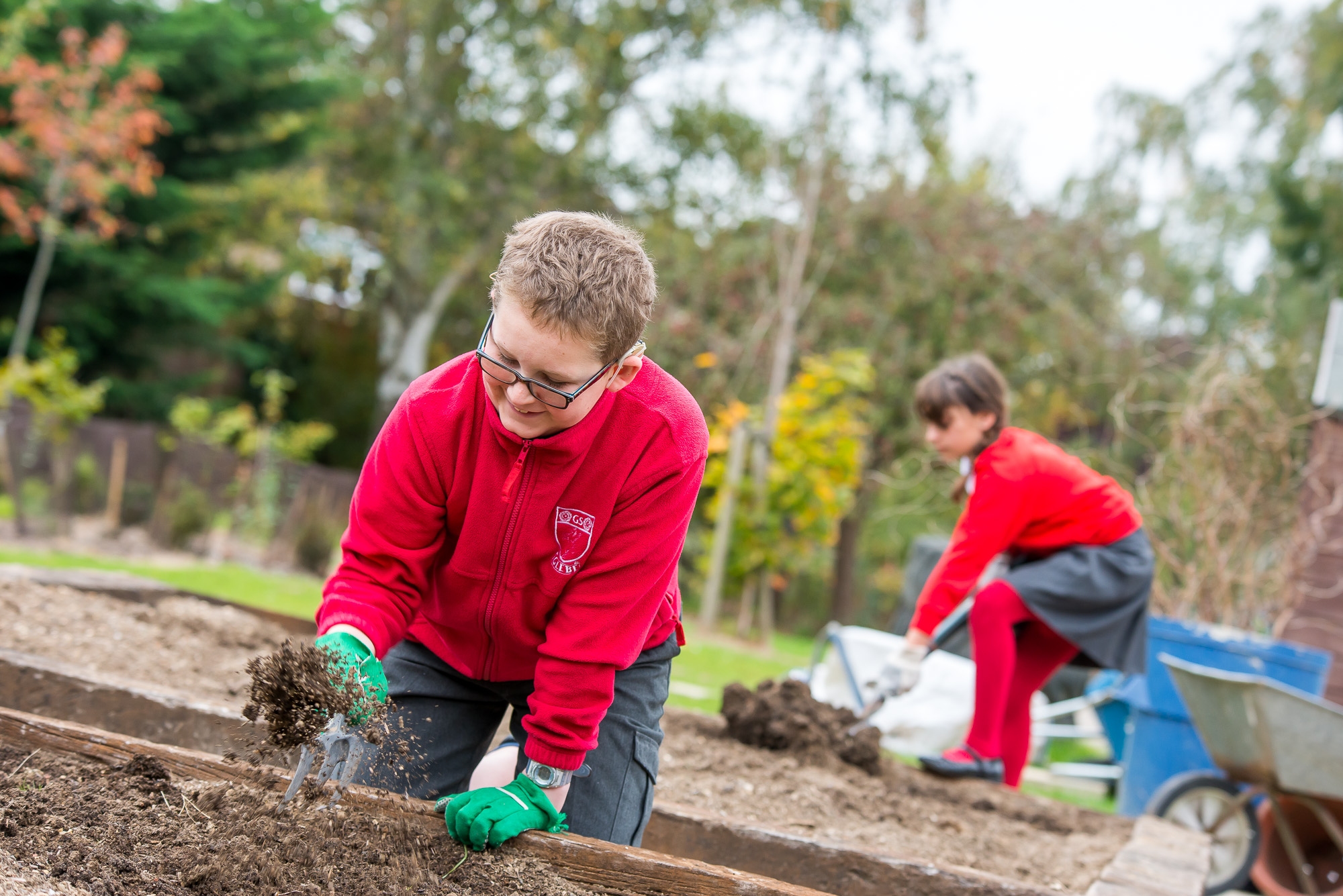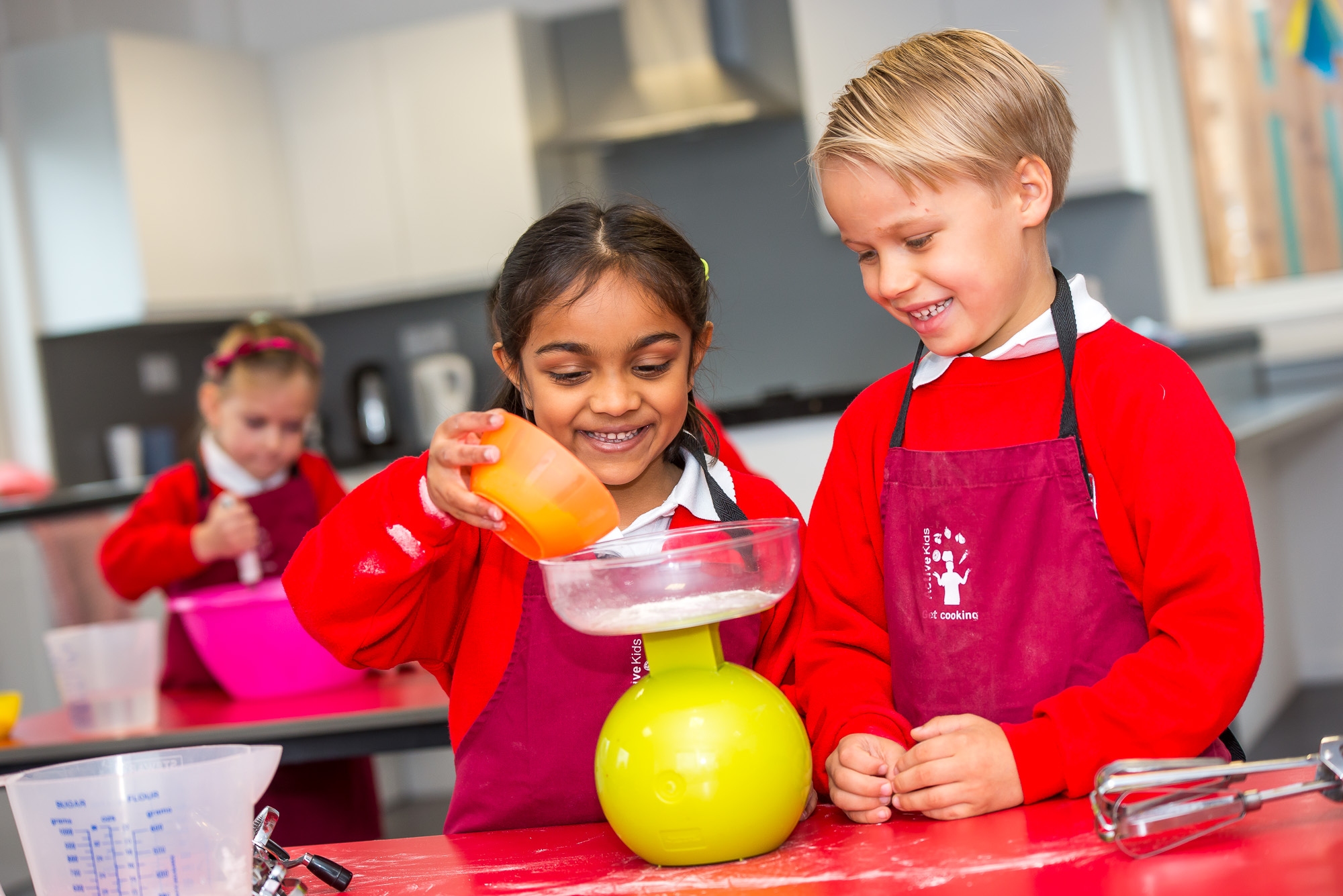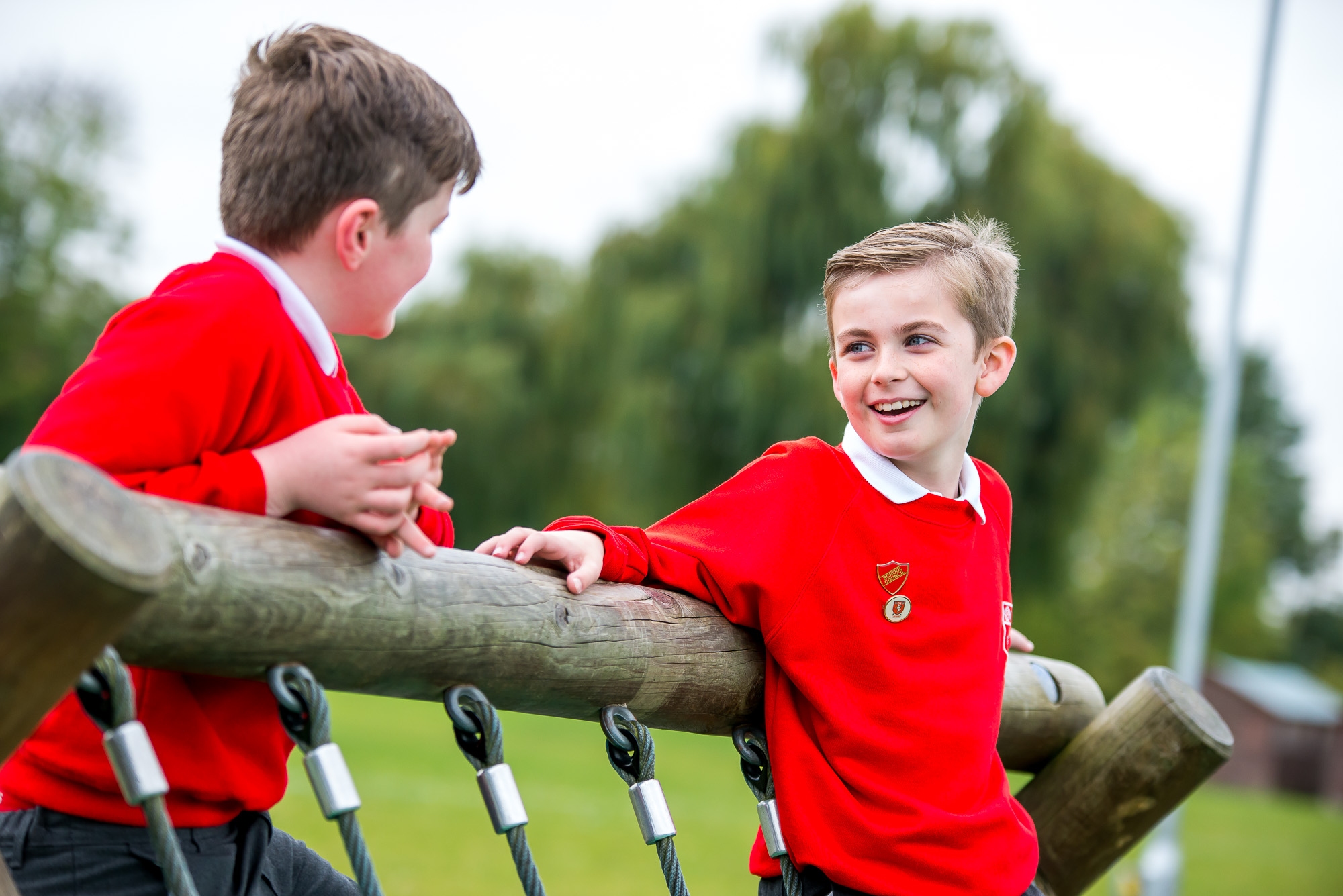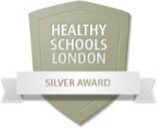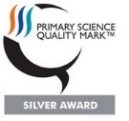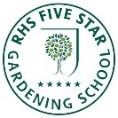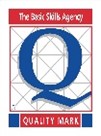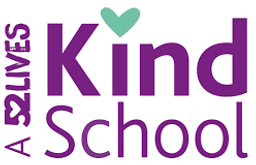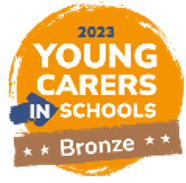Glebe Primary School
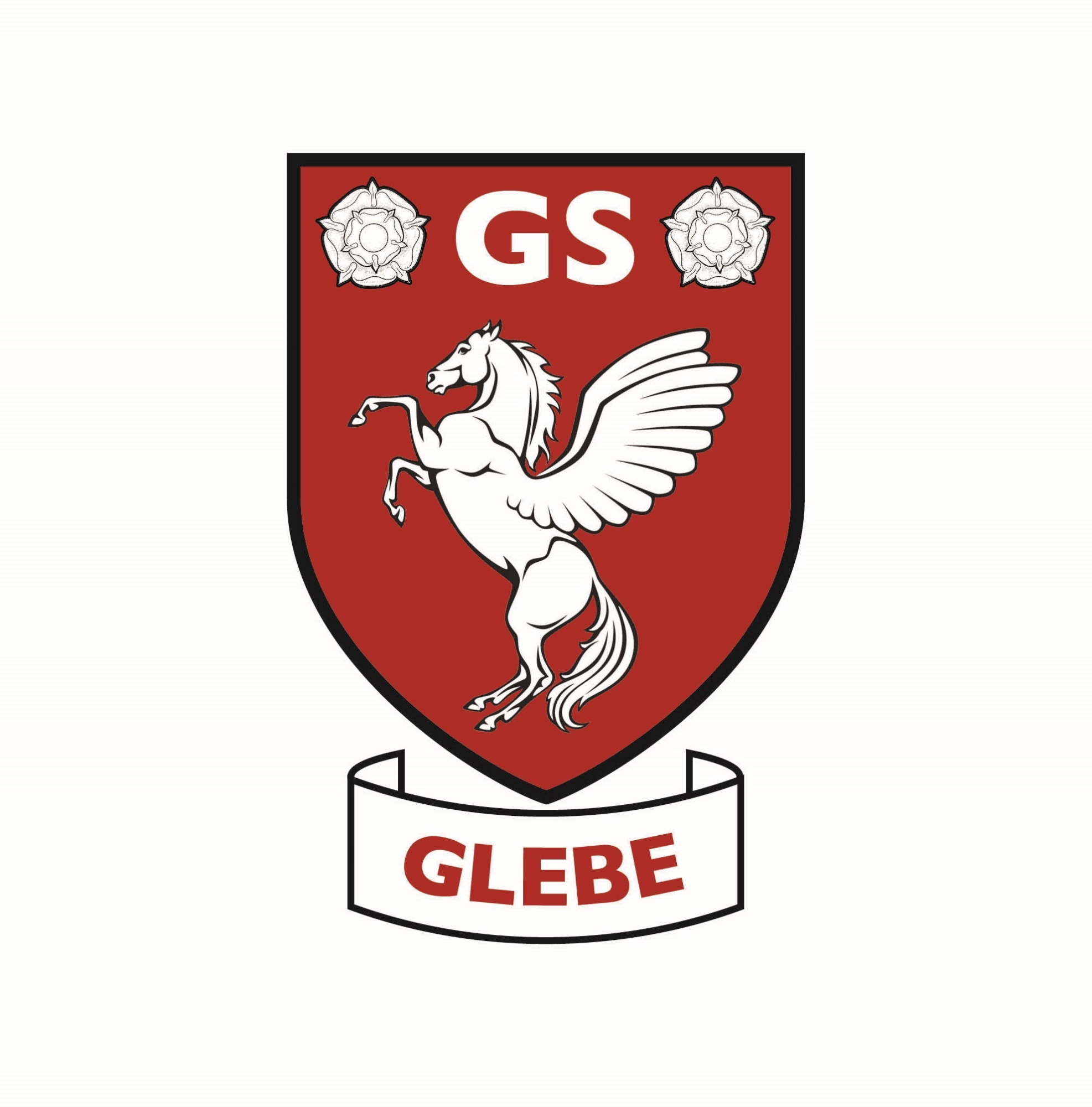
Curriculum Intent
What are the curriculum goals?
"We can and we will"
School mission statement:
At Glebe Primary School we believe in an ethos that values the whole child. We strive to enable all children to achieve their full potential academically, socially and emotionally. This holistic approach is also threaded through our curriculum.
We aim:
- To provide an engaging, knowledge-rich, adaptable curriculum taught by well-informed teachers who are confident and encouraged to take risks and find innovative ways to deliver our syllabus.
- For each child to reach their potential whilst having a broad, engaging curriculum and a wealth of experiences.
- For children to be able to apply knowledge, information and skills in different contexts.
- To provide pupils with the tools to learn independently.
- To provide opportunities for the children to experience/access a whole range of cultural, social, academic and sporting experiences beyond their everyday lives, including visitors, trips, participating in and spectating sporting events, music events and exploration of the arts.
- Focus on cross-curricular links to enhance learning and outcomes for all.
- Being conscious of the needs of each cohort and being flexible enough to adapt the curriculum to meet those needs.
- To provide opportunities for the children to showcase their talents and their learning across the school, on a class-level, year group level and beyond.
- Inclusion of topic days/weeks for foundation subjects to promote the love of learning and creativity.
- To provide a curriculum that is inclusive, yet ambitious and accessible to all.
How is your curriculum influenced by your context?
Glebe, although in an affluent area of an outer London borough, has a very diverse intake of pupils from a range of socio-economic backgrounds with parents who have a broad spectrum of educational levels and school experiences. Almost half of our pupils do not live in Ickenham and come from further afield. We have a large number of children from military families (10% of school cohort). We have a specialist resourced provision for Hearing Impaired pupils with 13 pupils (2% of our school cohort).
How our curriculum is influenced by our context:
Knowing our context is vital – all staff are expected to get to know our families and adapt their planning accordingly. Close proximity to the tube and Central London means lots of opportunities for school trips. Focus on developing language and vocabulary to support all our pupils but particularly those with SEND and specifically those HI pupils who attend our SRP– technical and subject-specific vocabulary is sent home and is available on the school’s website for parents to access.
How have governors/trustees been involved in curriculum design?
The school’s Governing Body has a sub-committee who focus on the Curriculum (as well as school polices). They have looked at the changes to our curriculum and subject leaders deliver presentations to them about their specific subject. They submit questions to the subject leader and the SLT on developments which are answered either at the meeting and minuted or written responses are given. This sub-committee feedback at full Governing Body meetings about the changes to the curriculum. Governors are sometimes invited to staff training days when the curriculum is being re-designed so they could observe our process and participate if they felt confident to.
Is the school’s curriculum ambitious and designed to support and challenge all pupils, particularly disadvantaged pupils and including pupils with SEND, the knowledge and cultural capital they need to succeed in life?
We use the National Curriculum outcomes as the basis of our curriculum to ensure we have an /4B8D80503D73803BCE6A111E426D601C.jpg) ambitious starting point and we plan interventions and activities to challenge our most able pupils and support those who require additional help.
ambitious starting point and we plan interventions and activities to challenge our most able pupils and support those who require additional help.
Does the curriculum provide breadth and balance?
We have a zero tolerance for foundation subjects to be ‘dropped’ in favour of ‘more’ English or maths. The children follow a broad and balanced curriculum and equal time is dedicated to the foundation subjects and cross curricular links are utilised where possible.



